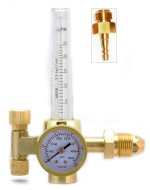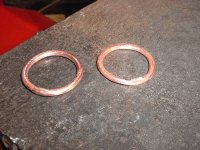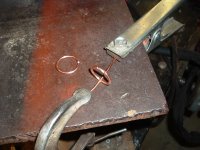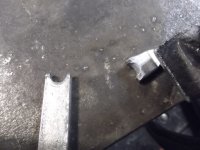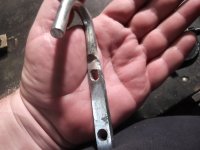Mark @ Everlast
Advertiser
The work clamp goes to the "work" being done. Whatever you are welding on is the "work piece". Actually it is the work clamp that is doing the work. It's providing the negative electron flow and the electrons are flowing from the metal to the end of the electrode melting it away. The electrode holder is the return path for the electricity.
The lift tig switch is for the lift tig function. If you purchase a separate gas valve tig torch you can DC tig weld with it. This allows the voltage to drop to almost nothing when the tungsten is touched to the metal to start the arc, preventing sticking of the tungsten to the metal. When the connection is broken, the arc starts as the tungsten is lifted up. More advanced TIG units have a built in gas solenoid with a HF start or a lift start option. HF start allows the TIG arc to be struck so that the tungsten does not have to be touched to the metal...especially helpful when welding aluminum.
Edit: Posting at same time as gw. But to clarify, the TIG switch does not reverse polarity. When welding TIG, Tig torch goes to the middle and work clamp goes to right port.
The lift tig switch is for the lift tig function. If you purchase a separate gas valve tig torch you can DC tig weld with it. This allows the voltage to drop to almost nothing when the tungsten is touched to the metal to start the arc, preventing sticking of the tungsten to the metal. When the connection is broken, the arc starts as the tungsten is lifted up. More advanced TIG units have a built in gas solenoid with a HF start or a lift start option. HF start allows the TIG arc to be struck so that the tungsten does not have to be touched to the metal...especially helpful when welding aluminum.
Edit: Posting at same time as gw. But to clarify, the TIG switch does not reverse polarity. When welding TIG, Tig torch goes to the middle and work clamp goes to right port.
